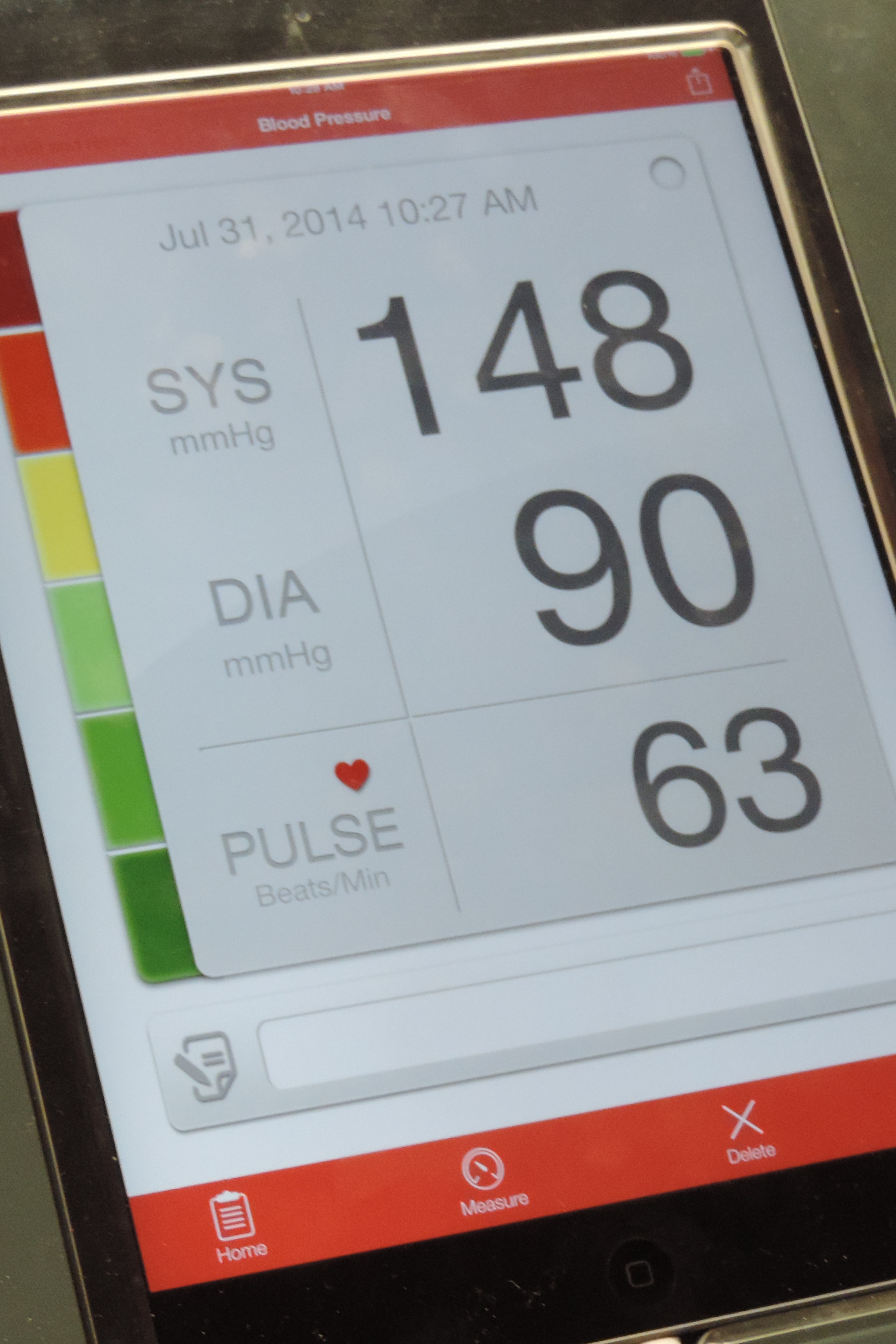New study finds many couples around the world may share high blood pressure
[ad_1]
Research Highlights:
- A study of married or partnered, middle-aged and older heterosexual couples in the U.S., England, China and India found that in 20% to 47% of the couples, both spouses/partners had high blood pressure.
- The prevalence of both spouses/partners having high blood pressure was highest in England and the U.S., however, spouses/partners whose spouses/partners had high blood pressure were more likely to also have high blood pressure in China and India.
- Researchers suggest couple-based interventions to improve high blood pressure diagnosis and management, such as couple-based screening, skills training or joint participation in treatment programs.
 Embargoed until 4 a.m. CT/5 a.m. ET Wednesday, December 6, 2023
Embargoed until 4 a.m. CT/5 a.m. ET Wednesday, December 6, 2023
(NewMediaWire) – December 06, 2023 – DALLAS — If one spouse or partner in a heterosexual couple has high blood pressure, the other partner often does too, according to new research published today in the Journal of the American Heart Association, an open access, peer-reviewed journal of the American Heart Association.
“Many people know that high blood pressure is common in middle-aged and older adults, yet we were surprised to find that among many older couples, both husband and wife had high blood pressure in the U.S., England, China and India,” said senior author Chihua Li, Dr.P.H., a post-doctoral fellow at the University of Michigan and the study’s corresponding author. “For instance, in the U.S., among more than 35% of couples who were ages 50 or older, both had high blood pressure.”
Researchers investigated whether heterosexual partners in the U.S., England, China and India mirrored each other’s high blood-pressure status. Previous studies have explored the union of high blood pressure and other diseases among couples in a single country setting or used small regional samples.
“Ours is the first study examining the union of high blood pressure within couples from both high- and middle-income countries,” said study co-lead author Jithin Sam Varghese, Ph.D., an assistant research professor at the Emory Global Diabetes Research Center at Emory University in Atlanta. “We wanted to find out if many married couples who often have the same interests, living environment, lifestyle habits and health outcomes may also share high blood pressure.”
The researchers analyzed blood pressure measures for 3,989 U.S. couples, 1,086 English couples, 6,514 Chinese couples and 22,389 Indian couples and found:
- The prevalence of both spouses or partners having high blood pressure was about 47% in England; 38% in the U.S.; 21% in China and 20% in India.
- Compared to wives married to husbands without high blood pressure, wives whose husbands had high blood pressure were 9% more likely to have high blood pressure in the U.S. and England, 19% more likely in India and 26% more likely in China.
- Within each country, similar associations were observed for husbands. The association was consistent when the analyses were stratified by area of residence within each country, household wealth, length of marriage, age groups and education levels.
“High blood pressure is more common in the U.S. and England than in China and India, however, the association between couples’ blood pressure status was stronger in China and India than in the U.S and England. One reason might be cultural. In China and India, there’s a strong belief in sticking together as a family, so couples might influence each other’s health more,” said study co-lead author Peiyi Lu, Ph.D., a post-doctoral fellow in epidemiology at Columbia University Mailman School of Public Health. “In collectivist societies in China and India, couples are expected to depend and support each other, emotionally and instrumentally, so health may be more closely entwined.”
These findings highlight the potential of using couple-based approaches for high blood pressure diagnosis and management, such as couple-based screening, skills training or joint participation in programs, Li noted.
Study background and details:
- The researchers used cross-sectional data – capturing a single point in time – taken from studies of aging that are representative of populations across entire countries, including the 2016-17 Health and Retirement Study in the U.S., the 2016-17 English Longitudinal Study on Ageing, the 2015-16 China Health and Retirement Longitudinal Study, and the 2017-19 Longitudinal Aging Study in India. These four studies have harmonized design and measures, and each adopted a household survey that first recruited a primary participant that met the age eligibility — 50 and older for the studies in the U.S. and England and 45 and older for the studies in China and India — and then invited his or her spouse or partner to participate regardless of their age.
- Couples were defined as heterosexual participants living in the same household who reported to be married or partnered to one another, and those who were older than legal age for marriage for their country at the time of the survey.
- The average age of husbands in the study was 65.7 years in the U.S.; 74.2 years in England; 61.5 in China; and 57.2 years in India. The average age of wives in the study was 62.9 years in the U.S; 72.5 years in England; 59.2 years in China and 51.1 years in India.
- High blood pressure was defined based on measurements at one time point. Participants were noted as having hypertension if they had one of the following: systolic blood pressure higher than 140 mm Hg or diastolic greater than 90 mm Hg, as measured by health professionals; or if they answered yes when asked if they had a history of high blood pressure.
Among the study’s limitations were its cross-sectional design, meaning it captured a single point in time and thus only one blood-pressure measurement, and that the surveys included only heterosexual couples.
According to the American Heart Association’s 2023 statistics, in 2020, nearly 120,000 deaths were primarily attributable to high blood pressure, and from 2017 to 2020, 122.4 million (46.7%) U.S. adults had high blood pressure.
“Varghese, Lu and colleagues report an important finding among middle-aged and older adults — if your spouse has hypertension, you are more likely to have hypertension, too.
These findings are important because hypertension is among the most dominant modifiable cardiovascular risk factors and remains highly prevalent and poorly controlled on an increasingly global level. As the authors point out, the current focus of clinical and public health strategies to control hypertension on the individual level is not adequate. The authors suggest that interventions that target spouses may, thus, be especially effective,” said Bethany Barone Gibbs, Ph.D., FAHA, an associate professor and chair of the department of epidemiology and biostatistics at the School of Public Health at West Virginia University, and chair of the writing committee for the Association’s 2021 Statement on Physical Activity as a Critical Component of First-Line Treatment for Elevated Blood Pressure or Cholesterol.
“Following this idea, making lifestyle changes, such as being more active, reducing stress or eating a healthier diet, can all reduce blood pressure; however, these changes may be difficult to achieve and, more importantly, sustain if your spouse or partner (and greater family unit) are not making changes with you,” she said. “These findings also hint at a broader approach —interventions using a socioecological model considering determinants of hypertension across individual, interpersonal, environmental and policy levels are likely going to be necessary to reduce the global public health burden of hypertension.”
Co-authors, disclosures and funding sources are listed in the manuscript.
Studies published in the American Heart Association’s scientific journals are peer-reviewed. The statements and conclusions in each manuscript are solely those of the study authors and do not necessarily reflect the Association’s policy or position. The Association makes no representation or guarantee as to their accuracy or reliability. The Association receives funding primarily from individuals; foundations and corporations (including pharmaceutical, device manufacturers and other companies) also make donations and fund specific Association programs and events. The Association has strict policies to prevent these relationships from influencing the science content. Revenues from pharmaceutical and biotech companies, device manufacturers and health insurance providers and the Association’s overall financial information are available here.
Additional Resources:
About the American Heart Association
The American Heart Association is a relentless force for a world of longer, healthier lives. We are dedicated to ensuring equitable health in all communities. Through collaboration with numerous organizations, and powered by millions of volunteers, we fund innovative research, advocate for the public’s health and share lifesaving resources. The Dallas-based organization has been a leading source of health information for nearly a century. Connect with us on heart.org, Facebook, X or by calling 1-800-AHA-USA1.
###
For Media Inquiries and AHA/ASA Expert Perspective: 214-706-1173
John Arnst: 214-706-1060; John.Arnst@heart.org
For Public Inquiries: 1-800-AHA-USA1 (242-8721)
heart.org and stroke.org
[ad_2]




